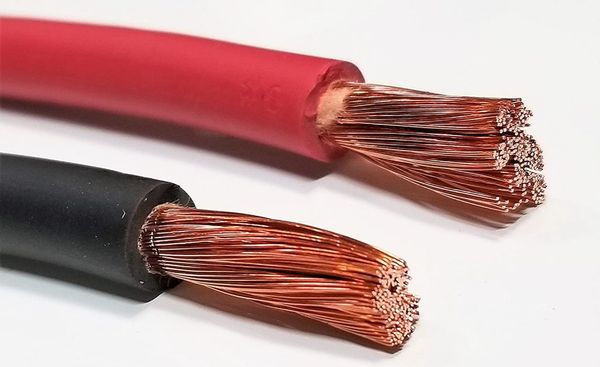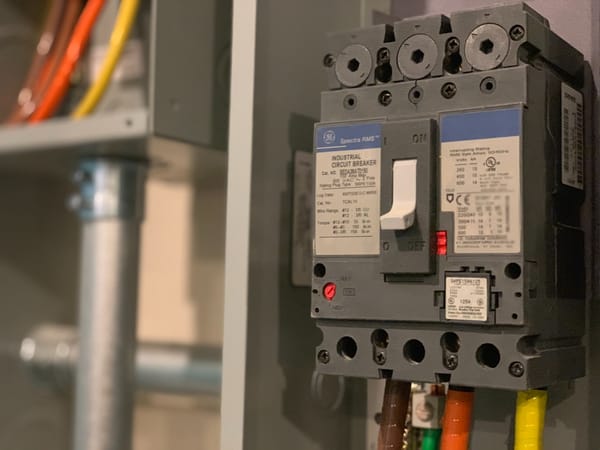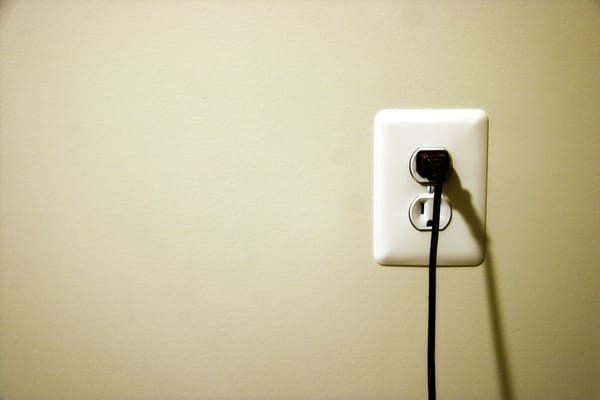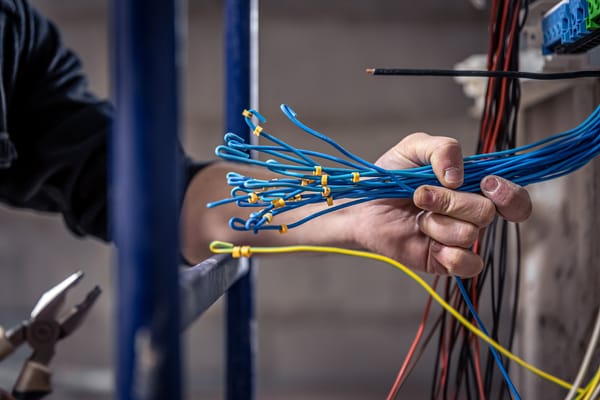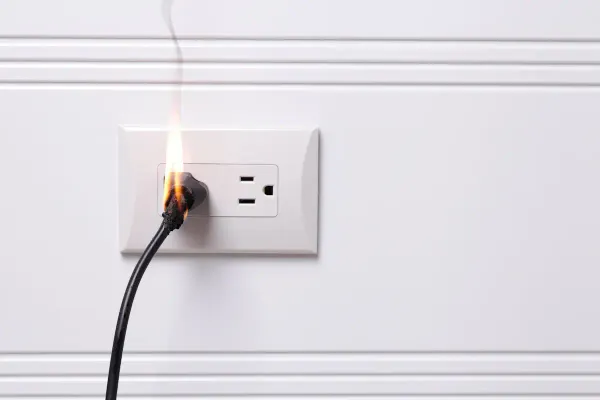Are you looking for an effective alternative to ceiling fans? Whether you're searching for a more energy-efficient solution, a modern design, or simply something new, there's an array of alternatives available.
This article will explore some of the most popular and innovative options for keeping your home cool and comfortable. We'll discuss the advantages, disadvantages, and essential features of each alternative to help you make an informed decision.
Ceiling Fan Alternatives for Cool Air
Box Fan and Tower Fan
1. Tower Fans
Tower fans are an excellent alternative to ceiling fans, offering a sleek and stylish design that can fit in any room. These tall, slender devices circulate air vertically and horizontally, providing a widespread cooling effect.
Advantages:
- Space-saving design
- Quiet operation
- Adjustable settings and features (e.g., oscillation, speed, and timers)
- Energy-efficient
Disadvantages:
- Limited cooling capacity compared to ceiling fans
- May require frequent cleaning to maintain optimal performance
2. Pedestal Fans
Pedestal fans are similar to tower fans, but they stand on an adjustable pole, allowing you to control the height and direction of the airflow. This makes them a versatile option for targeted cooling in specific areas of your home.
Advantages:
- Height and direction adjustability
- Portable and easy to move around
- Energy-efficient
Disadvantages:
- Not as powerful as ceiling fans
- Can be noisy at high speeds
3. Wall-Mounted Fans
Wall-mounted fans are another great alternative to ceiling fans. They save floor space by attaching directly to your wall and can be positioned to direct airflow where it's needed most.
Advantages:
- Space-saving design
- Targeted cooling
- Adjustable settings (e.g., speed and oscillation)
- Easy installation
Disadvantages:
- Limited cooling capacity compared to ceiling fans
- Not suitable for rooms with limited wall space
4. Air Circulators
Air circulators are a modern and innovative alternative to traditional fans. They use advanced technology to efficiently move air throughout a room, creating a comfortable and consistent temperature.
Advantages:
- Effective air circulation and temperature regulation
- Energy-efficient
- Compact design
- Quiet operation
Disadvantages:
- Higher price tag than other fan alternatives
- May require more frequent cleaning
5. Portable Air Conditioners
Portable air conditioners offer a more powerful cooling solution than fans. They work by drawing in warm air, cooling it, and then expelling it back into the room. They can be moved easily and are perfect for spot cooling specific areas.
Advantages:
- Powerful cooling capacity
- Portable and easy to move around
- Adjustable temperature settings
Disadvantages:
- Higher energy consumption compared to fans
- Can be noisy during operation
- Requires venting to the outside
6. Evaporative Coolers
Evaporative coolers, also known as swamp coolers, are an energy-efficient alternative to ceiling fans and air conditioners. They work by using water to cool the air, making them ideal for dry and hot climates.
Advantages:
- Energy-efficient
- Adds moisture to the air, reducing dryness
- Environmentally friendly
Disadvantages:
- Not suitable for humid environments
- Requires regular maintenance and water refilling
7. Ductless Mini-Split Air Conditioners
Ductless mini-split air conditioners are an energy-efficient and powerful cooling solution. They consist of an indoor unit that distributes cooled air and an outdoor unit that houses the compressor and condenser. These systems are quiet, efficient, and provide precise temperature control.
Advantages:
- Energy-efficient
- Powerful cooling capacity
- Precise temperature control
- Quiet operation
Disadvantages:
- Higher initial cost compared to fans
- Requires professional installation and maintenance
8. Window Air Conditioners
Window air conditioners are a popular alternative to ceiling fans, providing powerful cooling for individual rooms. They're installed in a window, allowing them to vent warm air outside while circulating cool air inside.
Advantages:
- Effective cooling capacity
- Energy-efficient models available
- Easy to install
Disadvantages:
- May obstruct window views and natural light
- Can be noisy during operation
- Not suitable for rooms without windows or with specific window types
9. Central Air Conditioning
Central air conditioning is a whole-home cooling solution, providing consistent and efficient temperature control throughout your living space. It's an excellent alternative to ceiling fans if you're looking for a comprehensive cooling system.
Advantages:
- Powerful and consistent cooling capacity
- Improved indoor air quality
- Can be controlled with a thermostat for precise temperature settings
Disadvantages:
- Higher initial cost and energy consumption compared to fans
- Requires professional installation and maintenance
10. Geothermal Cooling Systems
Geothermal cooling systems use the earth's stable temperature to cool your home. They circulate fluid through underground pipes, which absorbs heat from your home and transfers it to the ground. This energy-efficient and eco-friendly alternative offers powerful cooling without relying on traditional fans or air conditioners.
Advantages:
- Energy-efficient and eco-friendly
- Powerful cooling capacity
- Low operating costs
Disadvantages:
- High upfront installation cost
- Requires professional installation and maintenance
- Not suitable for all property types
Tips for Choosing the Perfect Cooling Solution
Attic Fan and Hot Air
Assess your cooling needs
Determine the size of the room or area you need to cool and how much cooling capacity you require. This will help you narrow down your options and select the most appropriate alternative to a ceiling fan.
Consider energy efficiency
Energy-efficient cooling solutions can help reduce your electricity consumption and save you money in the long run. Look for devices with Energy Star ratings or those that use advanced technologies for improved efficiency.
Think about noise levels
Some cooling options, like portable air conditioners or window units, can be noisy during operation. If noise is a concern, consider options with quieter operation, such as ductless mini-split systems or tower fans.
Evaluate maintenance requirements
Different cooling solutions have varying maintenance needs. For example, evaporative coolers require regular water refilling and cleaning, while central air conditioning systems need professional maintenance. Choose an option that aligns with your preferences for ease of maintenance.
Factor in aesthetics
If the appearance of your cooling solution is important to you, consider options that complement your home's interior design. Sleek tower fans or wall-mounted fans can add a touch of modernity, while ductless mini-split systems can be unobtrusive.
Budget considerations
Keep in mind the initial costs and ongoing expenses associated with your chosen cooling solution. While some options may have a higher upfront cost, they may offer long-term savings through energy efficiency or low maintenance requirements.
Conclusion
Ceiling Fan and Attic Fans
When it comes to finding the perfect alternative to ceiling fans, there are numerous options to suit different preferences, budgets, and cooling needs. From sleek tower fans and versatile pedestal fans to energy-efficient air conditioners and innovative geothermal systems, there's a solution for every home.
Ceiling Fan Alternative
Consider factors like your climate, room size, and desired cooling capacity when choosing the best option for your space. With a bit of research and planning, you'll find the ideal cooling solution to keep your home comfortable all year round.


